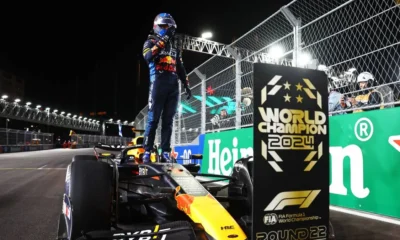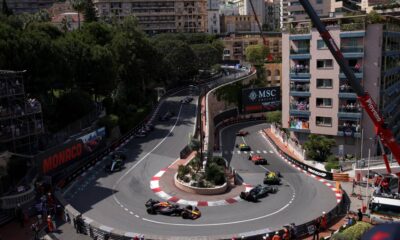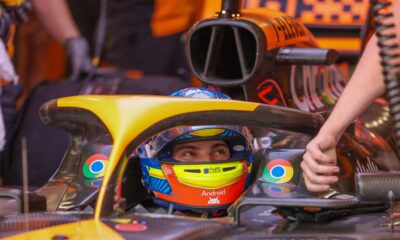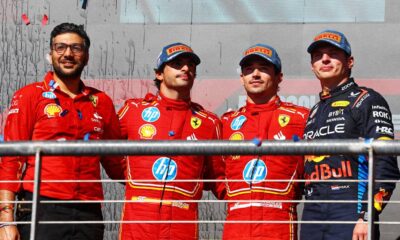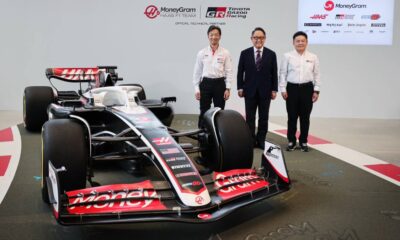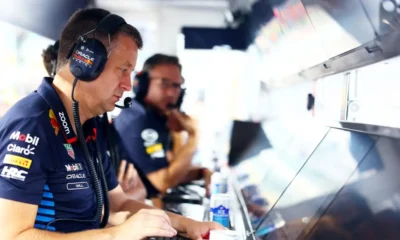Motorsport
Pirelli will bring the hardest C1, C2 and C3 tyre compounds to Barcelona. Will anyone try the strategy for just one pit stop?
A race that will show a lot. The Spanish Grand Prix is indeed a very familiar affair in terms of historical context, with teams traditionally following a two pit stop strategy at this circuit. What did Pirelli Marketing Director Zdeněk Vacl have to say about the upcoming race in terms of the choice of strategies?
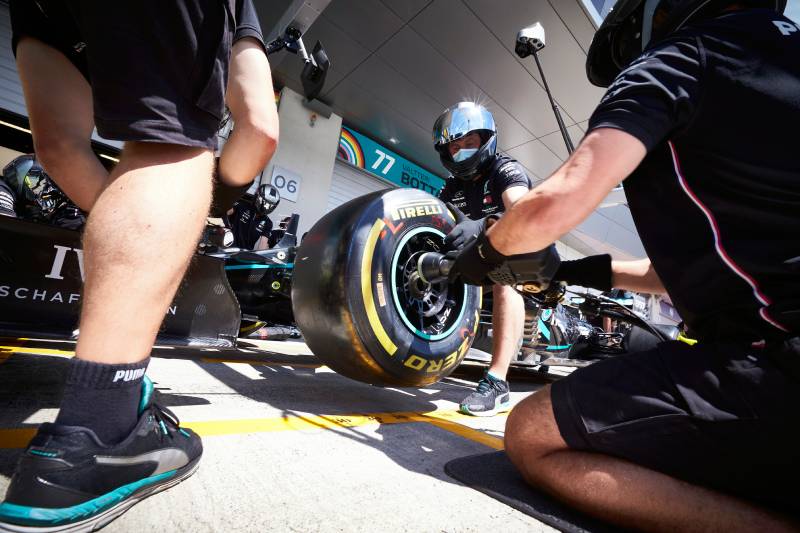
A race that will show a lot. The Spanish Grand Prix is indeed a very familiar affair in terms of historical context, with teams traditionally following a two pit stop strategy at this circuit. What did Pirelli Marketing Director Zdeněk Vacl have to say about the upcoming race in terms of the choice of strategies?
The Barcelona circuit is already well known to both the teams and Pirelli, the exclusive supplier of tyres for Formula 1 cars. As last year, the hardest compounds C1, C2 and C3 were chosen, this time of course as part of the brand new 18-inch tyre range.
This represents a major difference from the winter testing, when the tyres were mainly medium compounds.
As such, the Spanish Grand Prix is the oldest motor race ever, celebrating its centenary in 2013. It has been run on the current Circuit de Barcelona-Catalunya circuit since 1991.
It can hardly come as a surprise to the teams and tyre supplier Pirelli, as it is also a regular testing venue outside of racing.
The last minor change was a modification to Turn 10 before last season, which extended the circuit slightly to its current 4.675km.
This time around, however, the teams will be wearing different tyres than when they last appeared here during February testing. Back then, of course, the weather was much cooler and the teams were testing tyres from the middle of the spectrum. In addition, they were running brand new monoblocs in their base setup.
Now they will be running in significantly higher temperatures, on harder tyres and with cars whose set-ups have evolved significantly in that time, all of which has led to the choice of C1 for the hard P Zero White, C2 for the medium P Zero Yellow and C3 for the P Zero Red, a significant shift from the normal situation where C3 is typically a P Zero Yellow medium tyre compound.
Not only does the Barcelona-Catalunya circuit have quite a long history, but it is also quite heavily used, both for support races and non-F1 related events.
Therefore, there is no reason to expect any major developments in track conditions over the course of the race weekend.
Last year, the winning strategy was the two-stop pit stop drive that is traditional for Barcelona. Winner Lewis Hamilton in the Mercedes opted for the soft-medium-medium order, while all the other drivers from second to eighth changed tyres in the soft-medium-soft order.
“This year it will be interesting to see if the new generation of tyres will tempt anyone to attempt a one-stop race. It’s hard to say anything about Barcelona that hasn’t already been said. Of all the circuits on the calendar, it’s probably the most familiar to drivers because its diversity makes it the perfect place to protest,” said Pirelli marketing director Zdenek Vacl.
“You can find a little bit of everything here. Especially the final technical section is extremely important when it comes to tyre life. It’s a good opportunity for the teams to assess the progress they have made with their machines since the start of the season, even though it will be much warmer this time and they will probably be running on significantly harder tyres than in testing,” he explained.
Source: Pirelli

